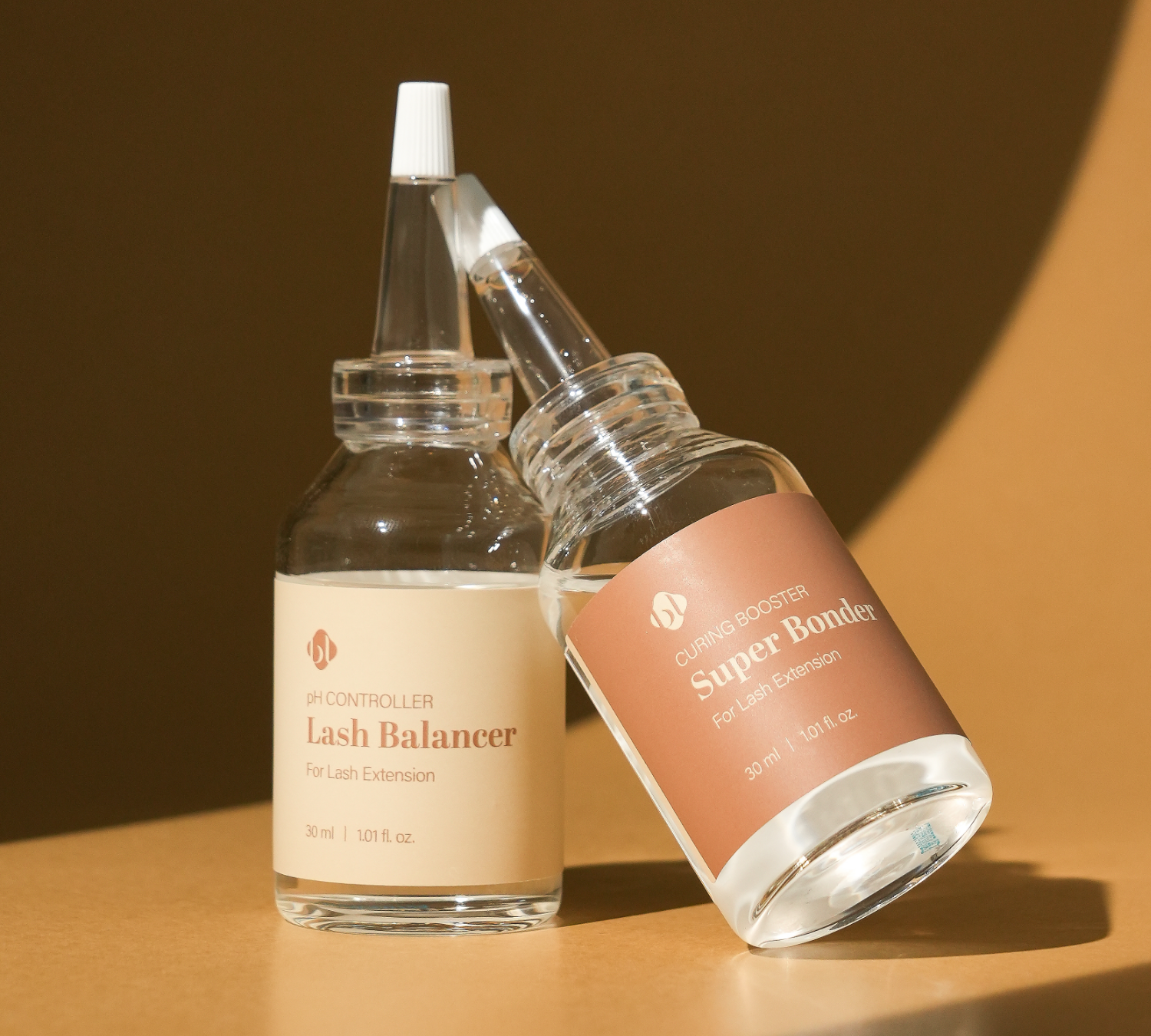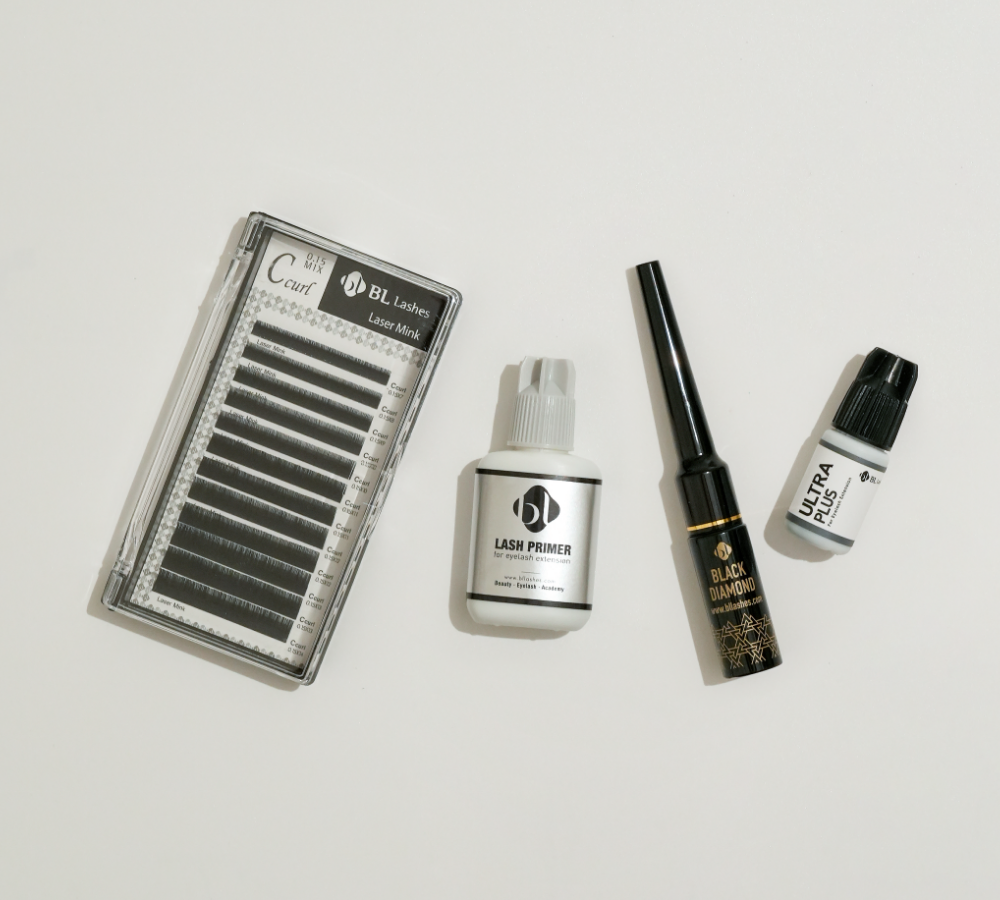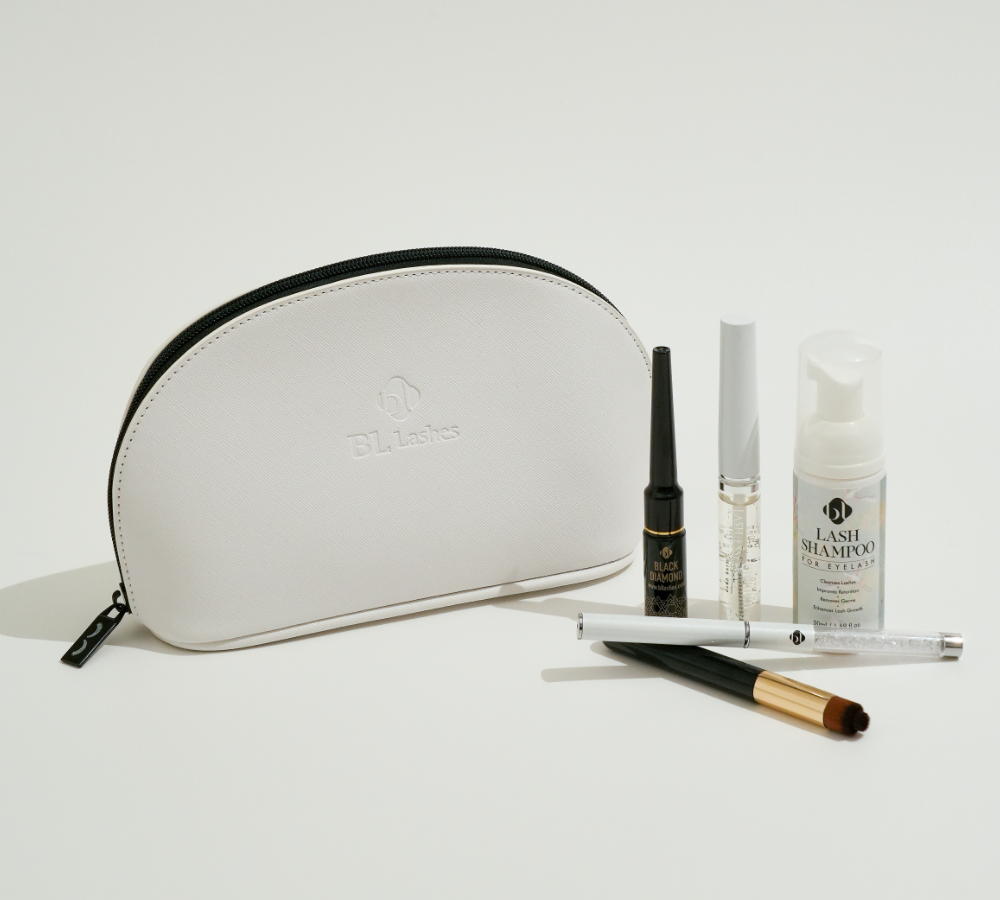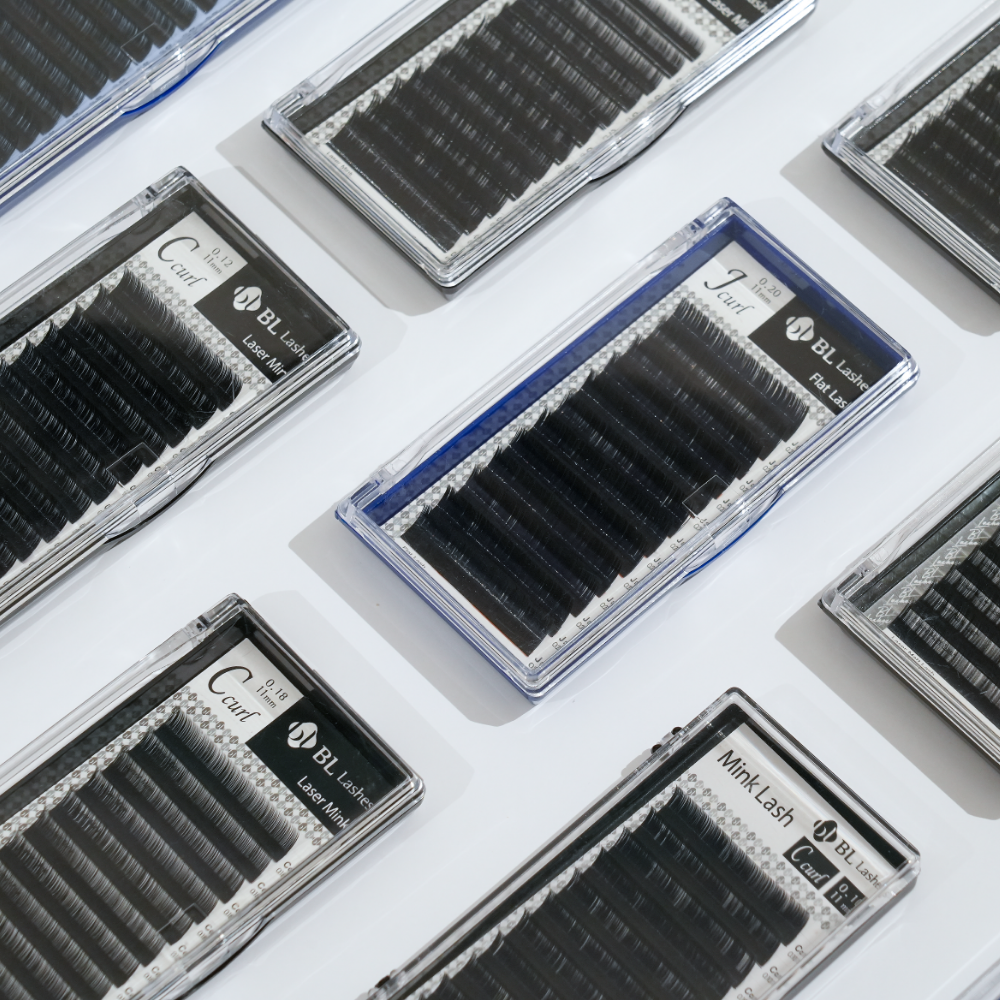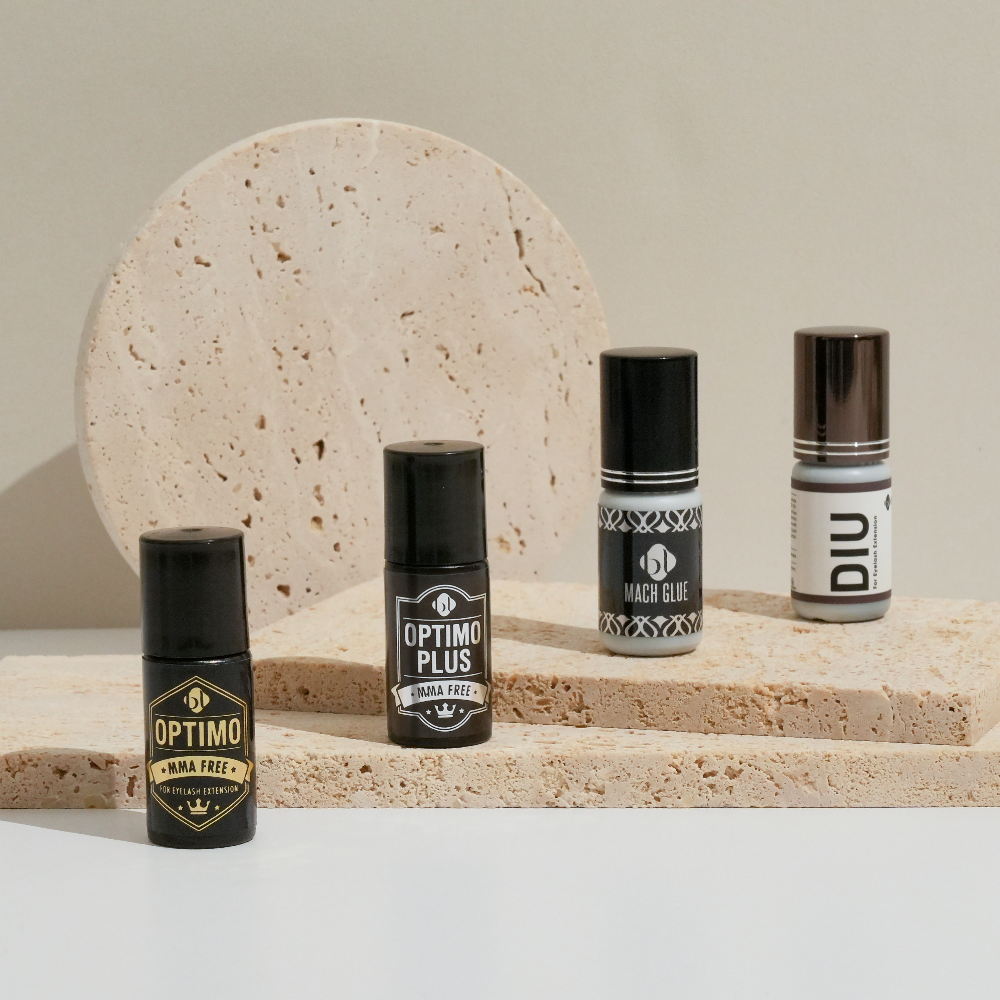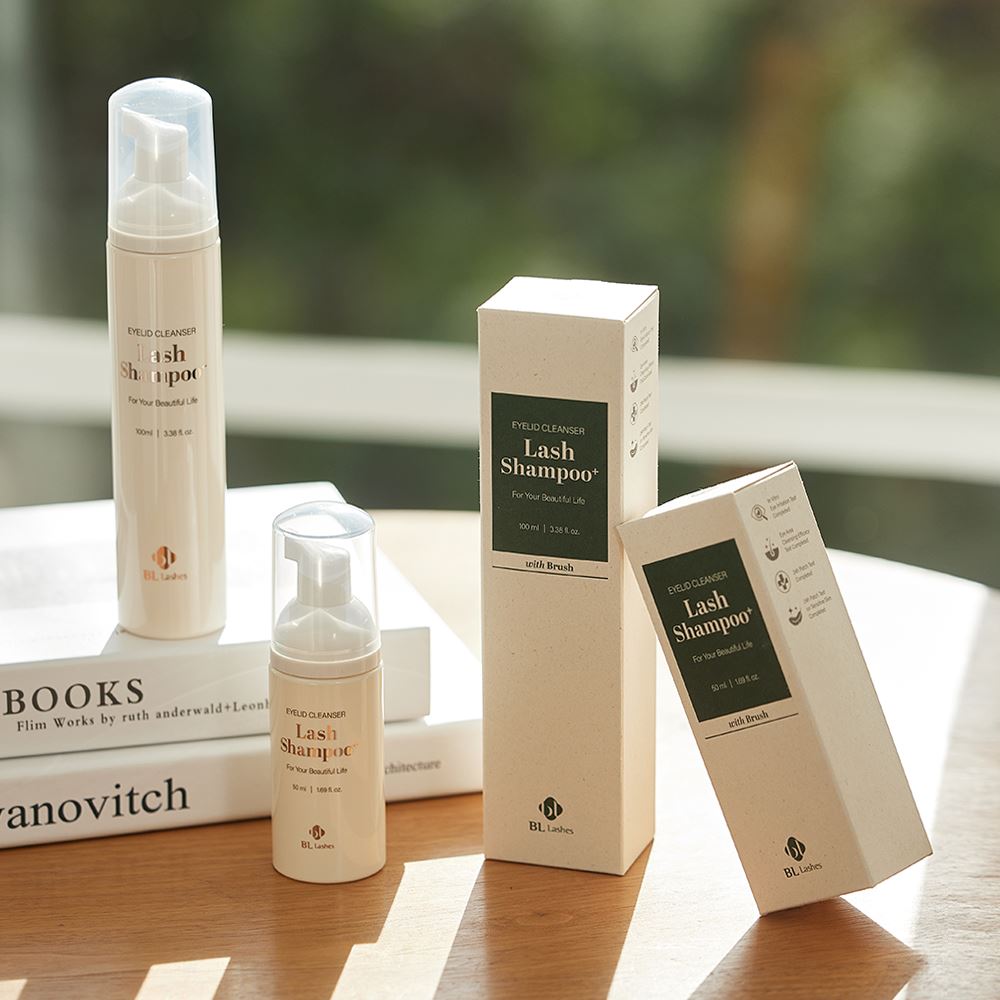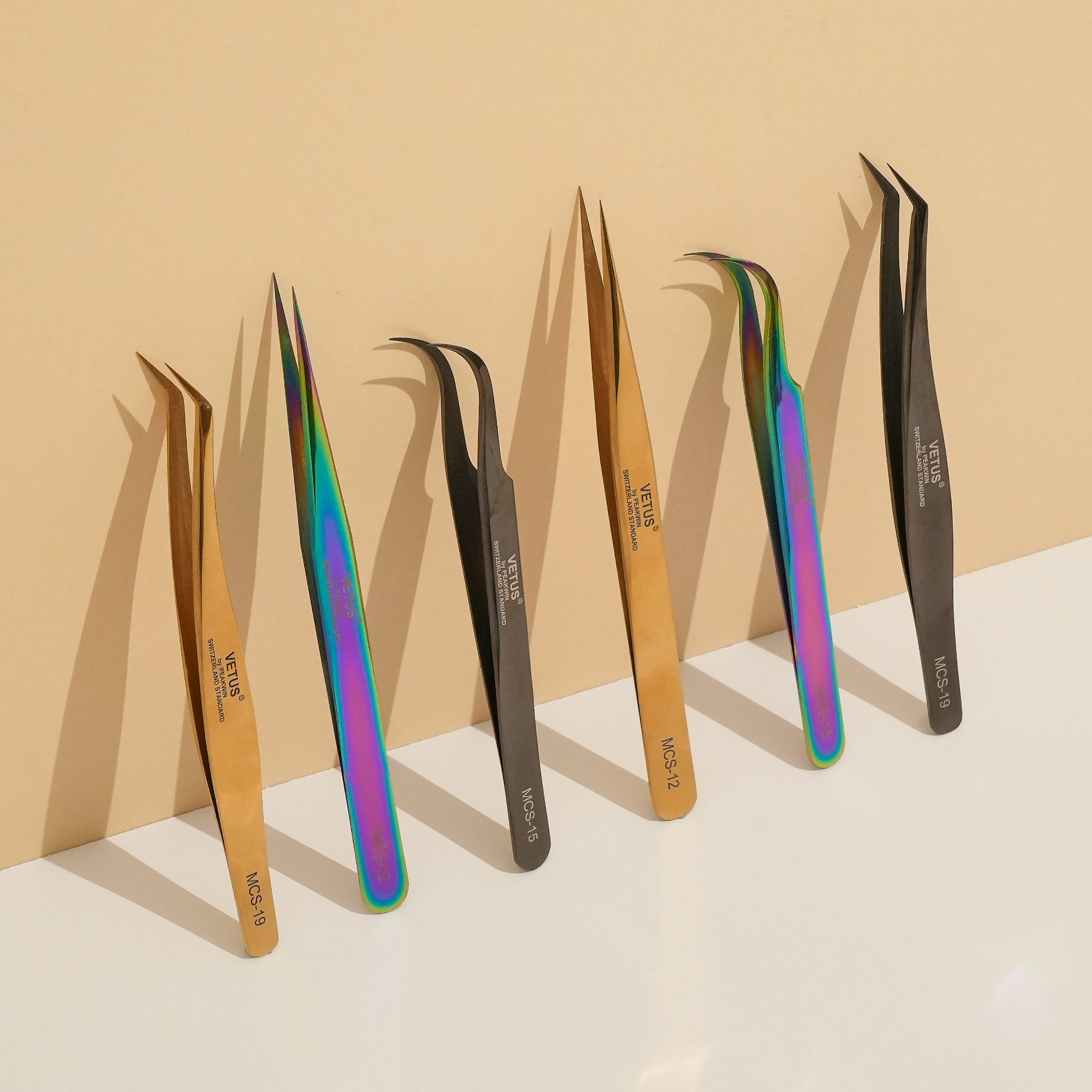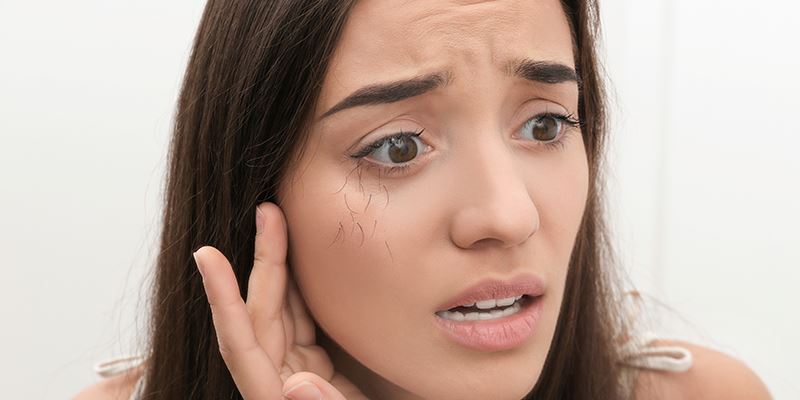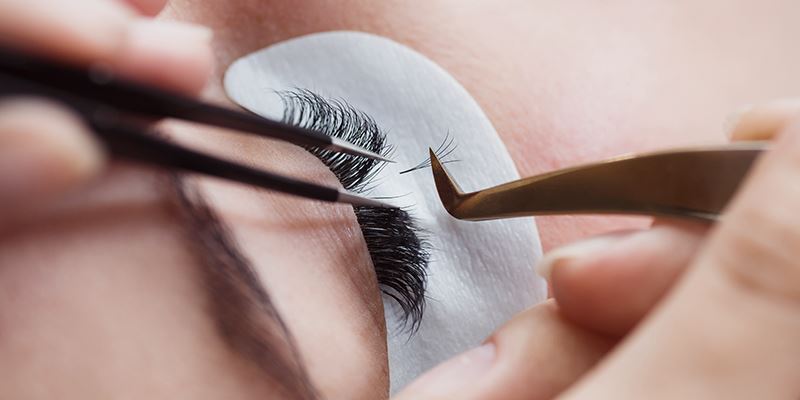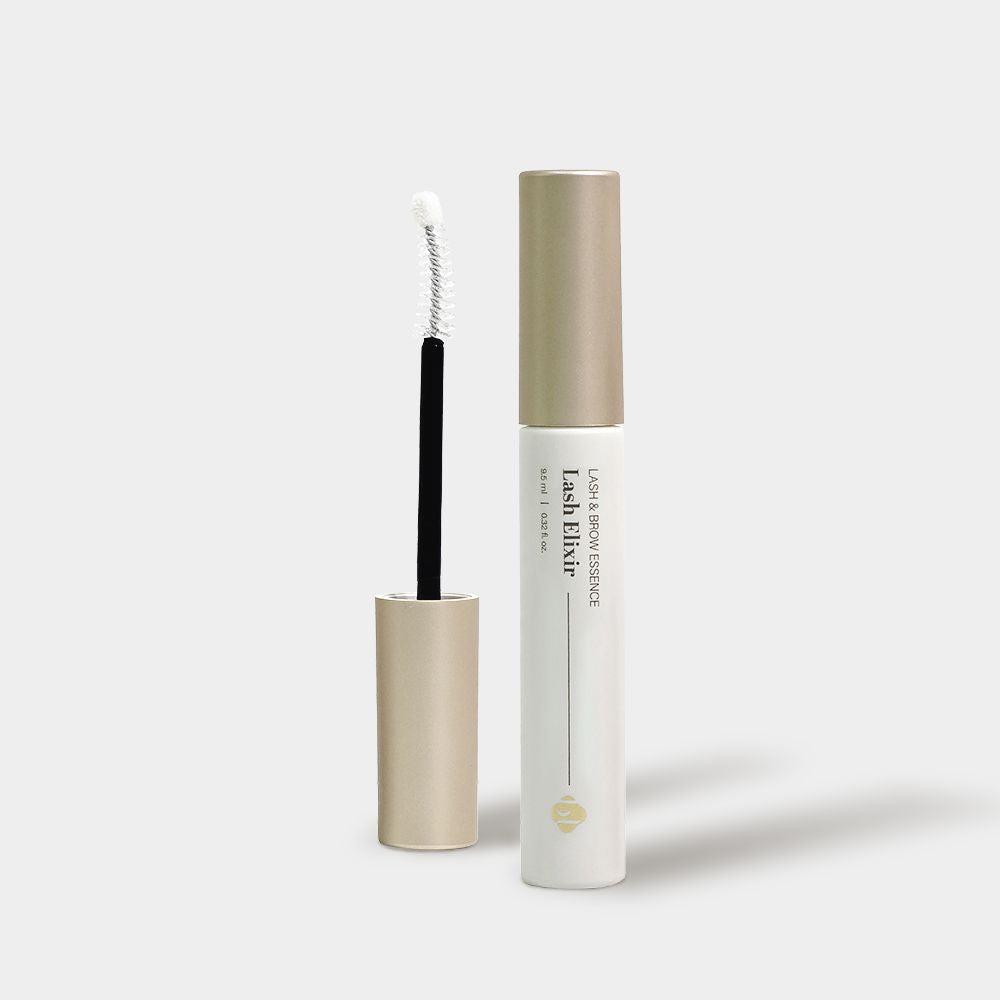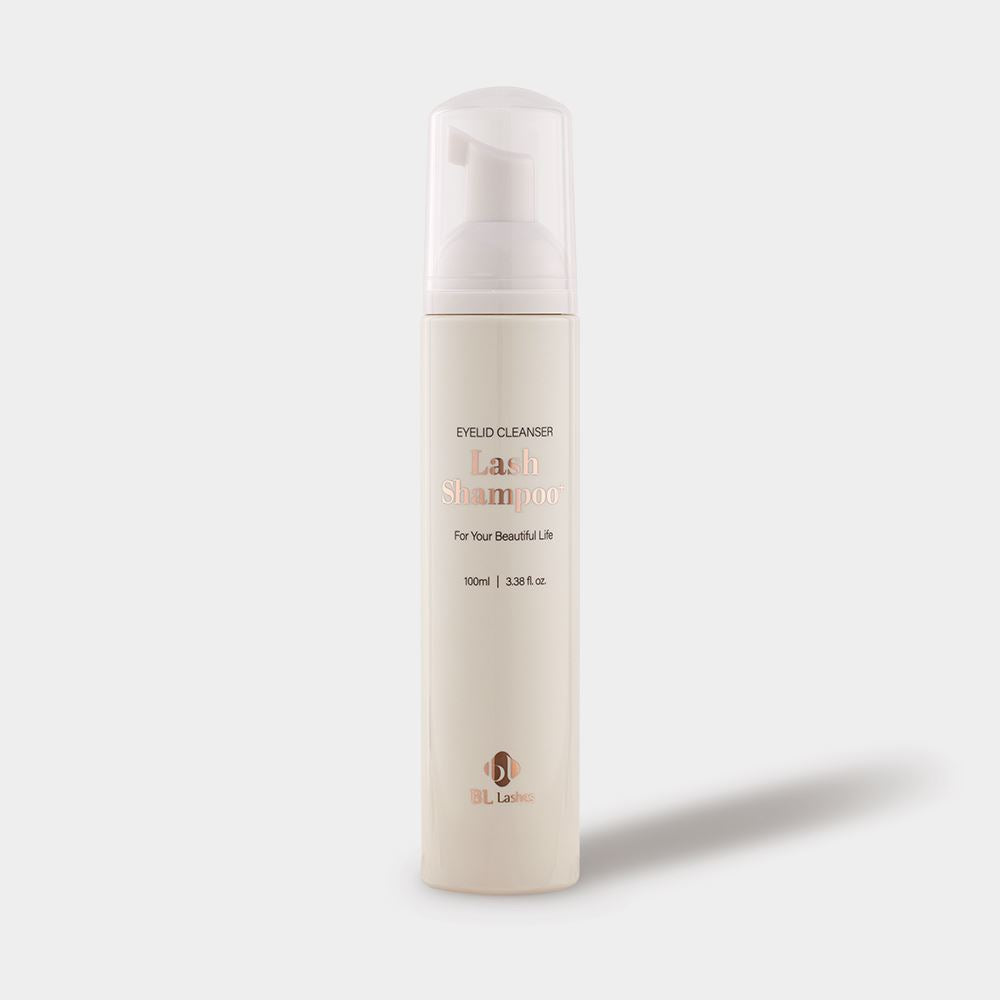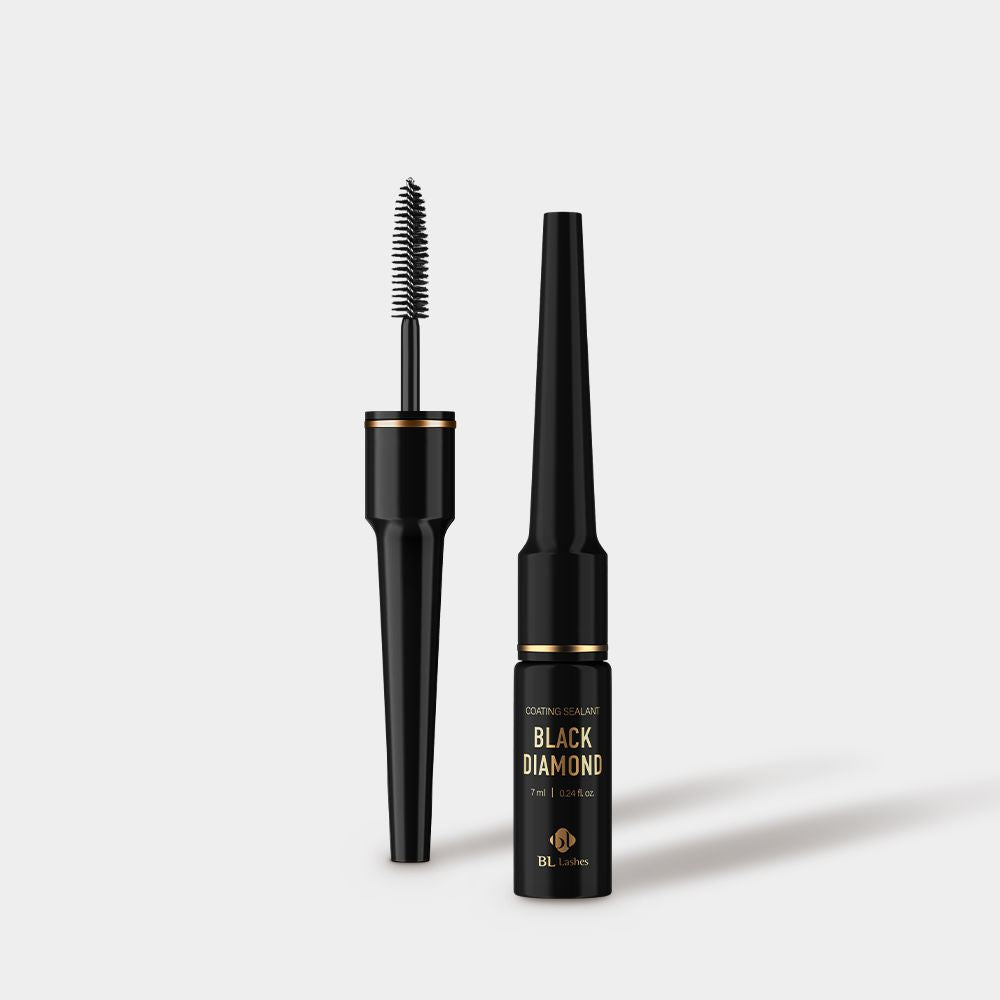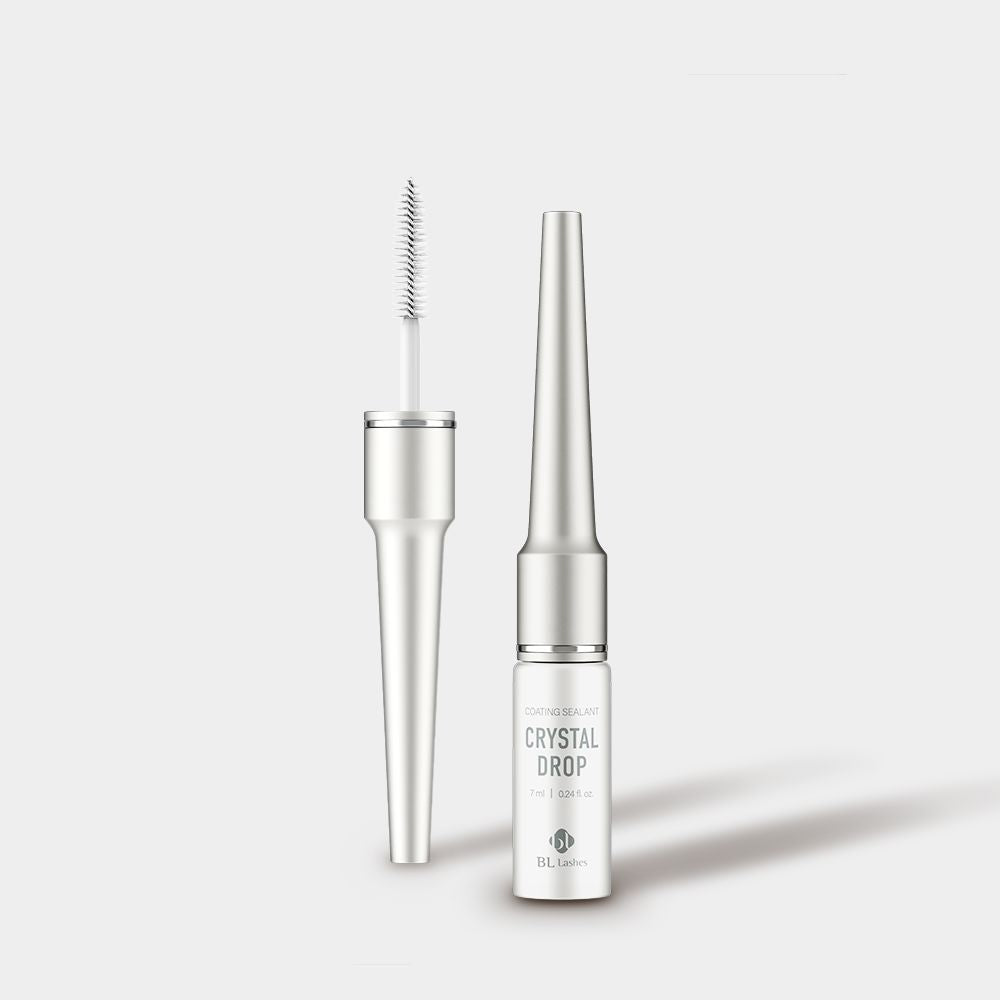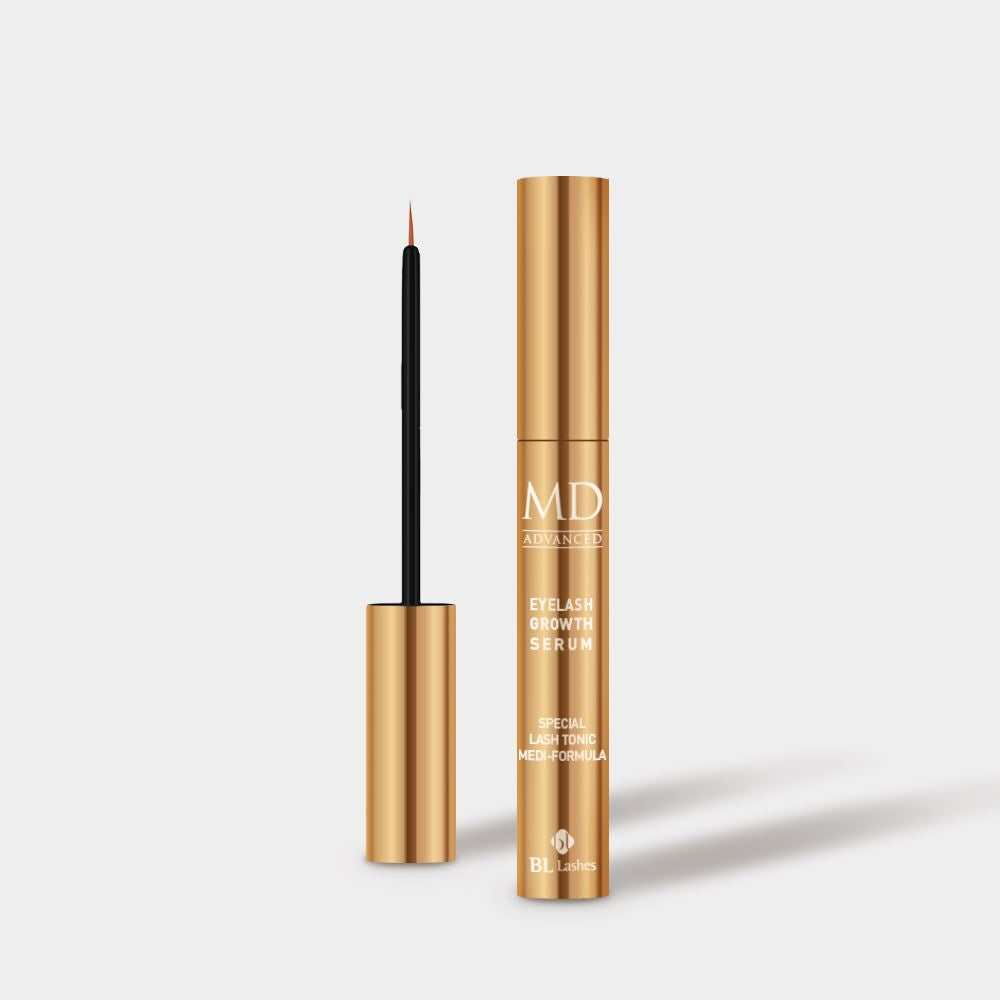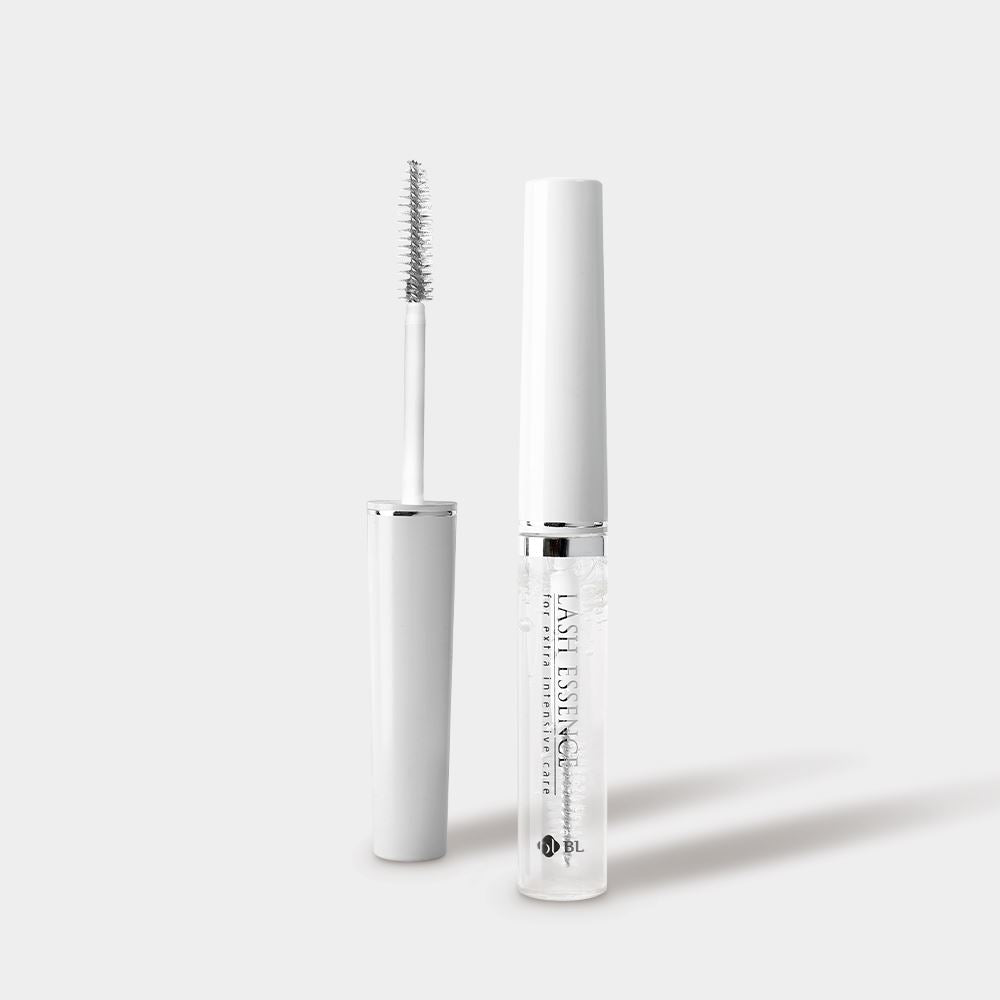First of all, we want to address that no one glue fits all.
Rather, successfully choosing the right eyelash extension glue comes from understanding your own environment and needs. Here are the three most important questions you should be asking when choosing a lash extension glue.
BL Glue chart

1.What are your room humidity and temperature?
It is very important to pay attention to humidity as the performance of your adhesive relies massively on this. Our recommended humidity of the lash room is 45-70%.
All lash extension glues contain cyanoacrylate, which is the main ingredient. This ingredient ensures the lash glue dries quickly and holds the extensions in place for several weeks. Cyanoacrylate only starts to cure when there’s a presence of moisture. Simply put, humidity works as an ‘activator’ for lash extension glue’s adhesion.
In short, humidity plays an important part in lash extension adhesive as it:
- Impacts the drying speed of your adhesive during the lash application.
- Influences the strength and retention of the extended lashes.
Read more: Extension glue and humidity
Eyelash extension glue for high humidity
If the room humidity is higher than the ideal level (let's say, about 60% room humidity), the cyanoacrylate in your glue will be ‘overly activated’ by too much moisture in the air, which means that the lash adhesive will cure and dry much faster than usual.
Too fast-drying glue cause fast dry out of your glue droplet, poor placement, bad attachment, and early lash fallout.
In high humidity, any glue will dry 1-2 times faster than its original drying speed. If your humidity is high, use a glue with slower drying speed.
For example, if you’re used to using a 3- to 4-second drying glue like Ultra Plus glue, it will dry in less than 3 seconds in high humidity. If this drying speed is too fast for you, choose a slower glue like Ultra Bonding Glue with a 4- to 5-second drying time.
Eyelash extension glue for low humidity
On the contrary, too little humidity in the air will slow everything down. If the room humidity is lower than the ideal level (higher than 45% room humidity), the cyanoacrylate in your glue will not have enough water vapor to help it cure.
This can cause a few frustrating issues like ‘lash stickies’, bad placement, and higher exposure to cyanoacrylate, which could in turn cause an allergic reaction to lash extension glue.
If your humidity is too low, use a glue with faster drying speed. For areas with low humidity, our glue recommendation is Mach (1- to 2-second drying time), Ultra Plus (3- to 4-second drying time), and Ultra X (3- to 4-second drying time).
Eyelash extension glue and temperature
The temperature has less of an effect than humidity, but in extremely hot or cold climates, it can affect the viscosity of the glue. Temperature affects the viscosity of the lash adhesive because, after all, lash adhesive is a liquid.
When the temperature drops, the viscosity of the lash glue gets harder than usual, so it will take longer to dry. In contrast, when the temperature soars, lash glue liquefies itself like it’s melting, so it will take faster to dry than usual. We recommend you set your lash room temperature to 22-26℃ (70-80℉).

2.What is your ideal drying speed? (=how fast are your hands)
When you are first learning, of course, you won’t be as fast as someone who has been lashing for years. So, choose an adhesive that gives you the flexibility to correct lash placement. We recommend you opt for an adhesive with a longer drying time like 4-8 seconds range.
Glue recommendations for beginner lash artists:


Shop Mach / DIU / Ultra Plus / Ultra X / FINA Glue
Don’t think about how fast others lash. Always choose a glue that gives you enough time to do a proper placement. Be aware of how many seconds it takes you to (1) dip a lash extension in glue, (2) attach it to natural lashes, (3) correct/wrap the lashes if needed.
Remember, as mentioned earlier, if the glue’s drying time is too speedy, it will dry too fast even before you attach the extensions on the lashes. On the contrary, if the glue’s drying time is too slow, it will interfere with other extensions and make the lashes stick together.
3.Is your client particularly sensitive to glue odors?
Every lash artist should have a sensitive adhesive in their arsenal. Some clients can be sensitive to fumes, and sensitive adhesives typically don’t have as long retention as stronger adhesives, so it is important to let your clients know this when working with sensitive adhesive.
Read more: how to choose the best sensitive glue
Glue recommendations for fume-sensitive clients:

Shop Lily / Advanced Glue
Which is the best eyelash extension glue?
At the end of the day, only you can decide which factors are most important to you. Maybe you like a thinner, silkier adhesive over one with a thicker viscosity, or maybe you prefer to have a few extra seconds to make adjustments even though you could work faster.
This is why we have a selection of over 15 different adhesives, each with its own unique properties to fit your unique style. Go ahead, browse our shop, and choose the best eyelash glue for yourself.

Have any questions? Feel free to contact us!
This blog is protected by copyright law. Reproduction or rewriting without permission is strictly prohibited.
Read more:
How to care for lash extension adhesive?


